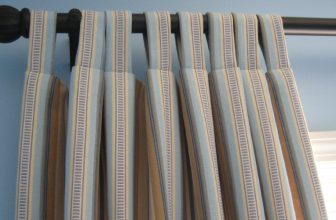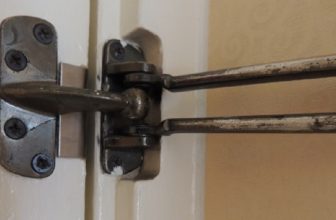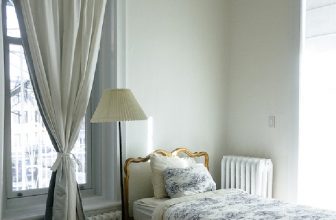How to Keep Curtains Together
Keeping curtains together is essential for achieving a polished and aesthetically pleasing look in any room. When curtains are not properly aligned, they can create unsightly gaps, slippage, and uneven panels, detracting from your space’s overall decor and functionality. These common issues affect the visual appeal and lead to privacy concerns and light control challenges.
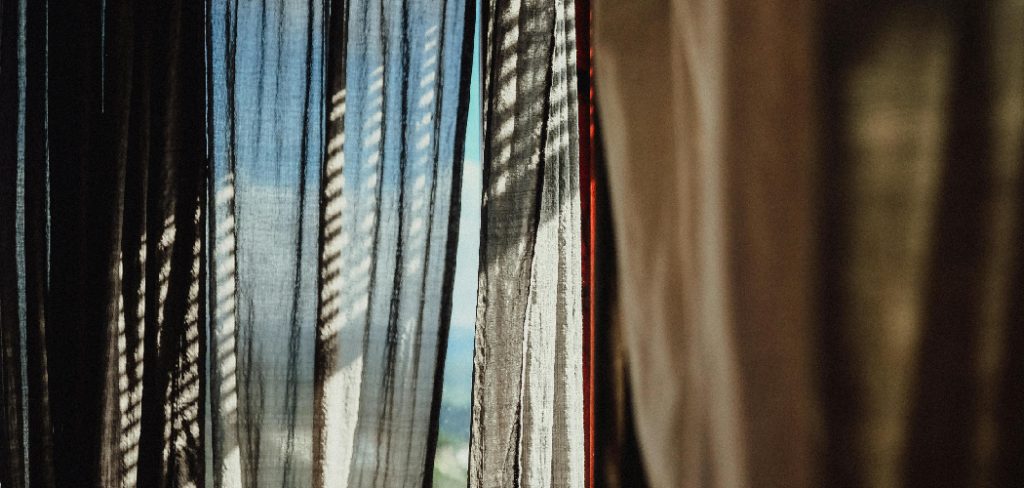
In this article, we will explore various methods and tools on how to keep curtains together effectively. From utilizing curtain tiebacks and holdbacks to installing clips and hooks, we’ll cover various solutions catering to diverse preferences and curtain setups. With the right approach, you can ensure that your curtains hang beautifully and function seamlessly.
Identifying the Problem
Common issues with curtain panels can significantly impact their appearance and functionality. One frequent concern is the separation of panels, where the two sides fail to meet in the middle, causing unsightly gaps that disrupt the overall look. Additionally, curtains that hang unevenly can create an unbalanced appearance, which may draw attention for the wrong reasons. These problems can stem from various factors, including the type of curtain rod or track used, the weight of the fabric, or incorrect installation techniques.
Understanding the different types of curtain setups is crucial in addressing these issues. For instance, a traditional rod may cause fabrics to drift apart more easily than a track system, which can guide panels more controlled. Other setups, such as tab-top or grommet panels, can also influence how curtains behave. By identifying the specific problems with your curtains and recognizing the setup you’re working with, you’ll be better equipped to implement effective solutions for keeping your curtains together and enhancing your space.
How to Keep Curtains Together: Using Curtain Tiebacks and Holdbacks
1.Curtain Tiebacks
Curtain tiebacks are an elegant solution designed to hold curtains back and away from windows, allowing more light to enter while adding a decorative touch. They come in various styles, including fabric tiebacks, which can match your curtains; tassel tiebacks, offering a more elaborate look; and magnetic tiebacks, providing a simple yet effective means to secure panels without drilling holes.
To install fabric tiebacks, first, determine the ideal height at which you want to position the tieback—typically around one-third up from the bottom of the curtain. Then, mark the wall or window frame and secure a hook or loop. Once installed, gather the curtain fabric and wrap it around the tieback, adjusting as necessary to achieve the desired drape and appearance.
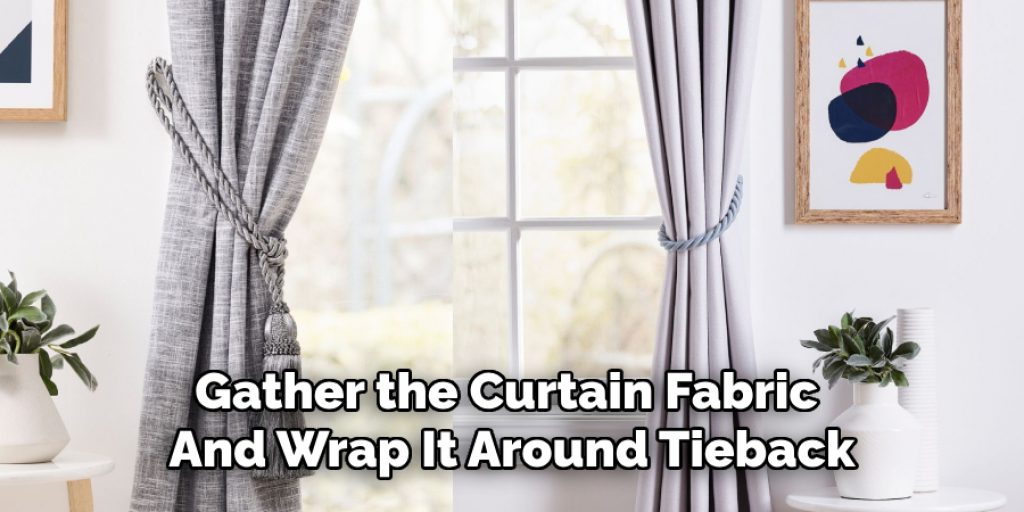
2.Curtain Holdbacks
Curtain holdbacks are similar to tiebacks, but they are often fixed to the wall, providing a more permanent solution for holding curtains open. They work by supporting the curtain fabric in a manner that presents a finished look, ideal for both functionality and decoration. Holdbacks come in various designs, including traditional styles made of metal or wood and more decorative accents that can enhance your decor. To install holdback, measure where you want them to sit, typically about one-third of the way up from the bottom of the panel and spaced equally from the edges. After marking, drill holes and secure the holdbacks to the wall, ensuring they are level and firmly positioned. Finally, gently position the curtains around the holdbacks to enjoy a beautifully styled window treatment.
How to Keep Curtains Together: Using Magnetic Curtain Holders
Magnetic curtain holders offer a contemporary and stylish way to keep curtains together while allowing flexibility in adjusting the amount of light and privacy in a room. These holders utilize strong magnets to secure the curtain fabric, eliminating the need for traditional hardware like hooks or ties. Available in various styles—from sleek and modern designs to decorative elements that complement your home decor—magnetic holders suit various preferences and aesthetics.
To install magnetic curtain holders, begin by determining the desired location for the holders, typically around one-third up from the bottom of the curtain panels. Clean the area where the holders will be placed to ensure a strong adhesive bond. Many magnetic holders come with adhesive backing, making installation straightforward; simply peel the protective layer and press the holder firmly onto the wall or window frame. The magnetic feature allows for easy repositioning of the curtains, letting you effortlessly open or close them as needed. The result is a clean, polished appearance that enhances your space while providing practical benefits.
Applying Velcro or Adhesive Strips
Using Velcro strips for curtain applications provides an effective and versatile method for securing curtain panels together. These strips consist of two components: one side with tiny hooks and the other with soft loops, allowing them to stick together firmly when pressed. This solution is particularly beneficial for achieving a seamless look without the visibility of traditional hardware.
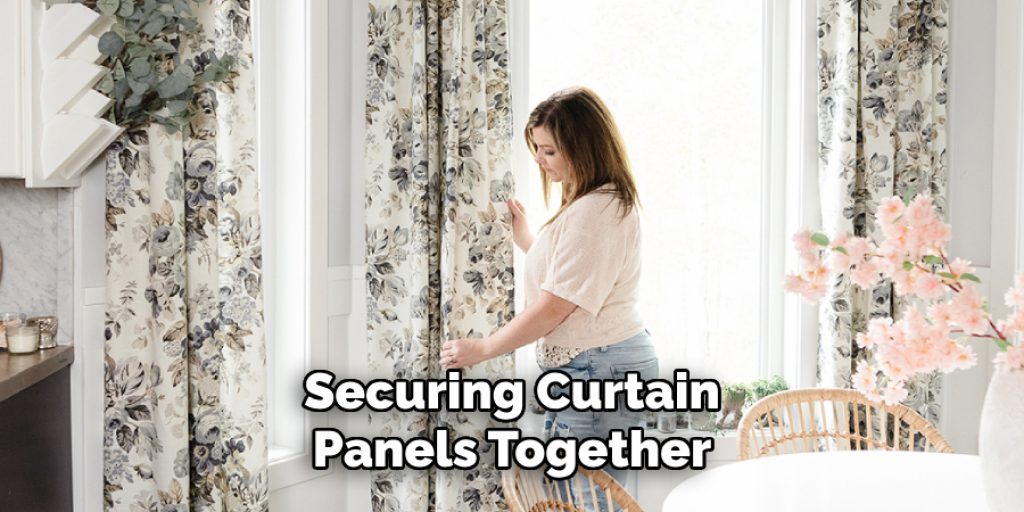
To attach and align Velcro strips, measure and cut the strips to the desired length, ensuring they will securely hold the curtain fabric in place. The hook side should be applied to the curtain fabric, while the loop side adheres to the wall or window frame. Pressing down firmly is essential to create a strong bond, ensuring that the strips connect reliably when the curtains are drawn together.
Adhesive strips also offer a myriad of benefits, such as easy installation without tools, versatility in design, and the ability to remove them with minimal damage. To use adhesive strips effectively, clean the surface before application and follow the manufacturer’s guidance on weight limits. To remove and replace adhesive strips, gently peel them away from the surface, and if any residue remains, clean it with rubbing alcohol. When reinstalling, new adhesive strips can provide fresh, secure solutions for keeping your curtains together while maintaining a sleek appearance.
Using Curtain Weights
Curtain weights play a crucial role in maintaining the structure and appearance of curtains by keeping fabric panels straight and reducing the chances of shifting or billowing. These weights are available in various forms, including sewn-in weights, which are discreetly integrated into the curtain hem or seams, and clip-on weights that can be easily attached to the bottom or sides of the curtains. To attach clip-on weights, simply secure them at even intervals along the hem or side edges to achieve an evenly distributed effect.
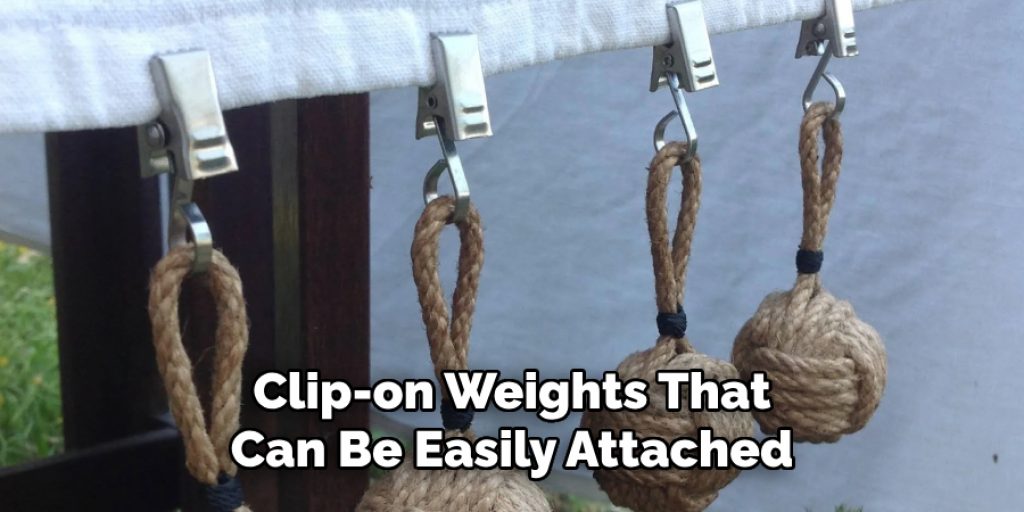
The benefits of using curtain weights include a more polished look, as they help the fabric hang without excess movement, reducing the likelihood of dust accumulation. Weights can also prevent sagging caused by the fabric’s own weight, maintaining the intended design of the curtains. Overall, incorporating weights is an effective method for ensuring that your curtains stay aligned and visually appealing, which is essential to how to keep curtains together.
Tips for Maintaining and Adjusting Curtains
Regular maintenance is key to keeping curtains aligned and looking their best. Frequently check for any stretching or sagging, especially after washing, and make necessary adjustments by redistributing the fabric or using ties or weights. Inspect hardware components, such as brackets and rods, to ensure they are firmly in place and functioning properly; loose fittings may lead to unequal tension and misalignment.
To handle common issues like wrinkles or uneven hems, use a steam iron at a safe distance or simply hang curtains in a steamy bathroom to relax the fabric. Periodic checks for wear and tear on all elements of your curtain setup can prevent larger issues down the line, ensuring your curtains always maintain a polished appearance.
Frequently Asked Questions (FAQs)
How Often Should I Wash My Curtains?
It’s best to wash curtains every 3 to 6 months, depending on the fabric type and amount of dust and allergens in your environment. Regular cleaning helps maintain their appearance and longevity.
Can I Use Regular Detergent to Wash My Curtains?
Yes, most curtains can be washed with a regular, gentle detergent. However, always check the care label for specific instructions, as some materials may require special care.
What if My Curtains Are Too Long?
If your curtains are too long, you can either hem them to the desired length or use curtain weights or clips to hold them in place for a more tailored look.
How Do I Prevent My Curtains from Fading in The Sun?
To prevent fading, consider using window treatments such as sheer curtains or shades that filter light or select curtains made from UV-resistant fabrics.
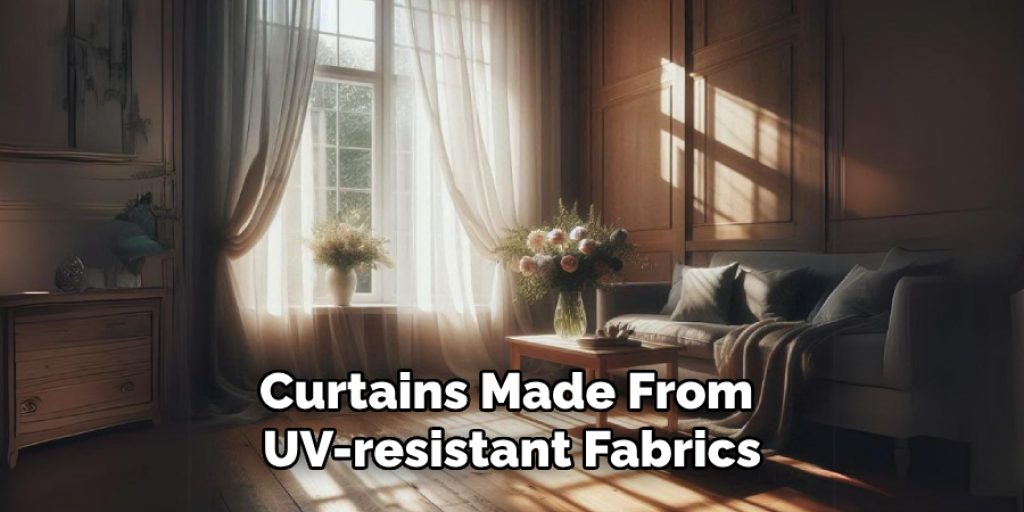
Are There Specific Curtain Weights for Different Fabric Types?
Yes, curtain weights come in various styles and weights to suit different fabrics. Lighter fabrics may require smaller, lighter weights, while heavier fabrics can hold larger weights to ensure they hang correctly.
Conclusion
In summary, there are various effective methods for keeping curtains together, including tiebacks, holdbacks, magnetic holders, Velcro, adhesive strips, and curtain weights. Each approach offers unique advantages based on personal preference and the type of window treatment used. Choosing a method that best suits your needs is important, whether you prioritize aesthetic appeal or practicality in maintaining structure.
Regular maintenance and periodic adjustments are essential to achieving a polished and functional curtain setup. By employing the right techniques and being mindful of the curtain’s condition, you’ll not only enhance your living space but also make a significant impact on how to keep curtains together. Remember, a well-maintained curtain elevates your decor and ensures lasting functionality.

